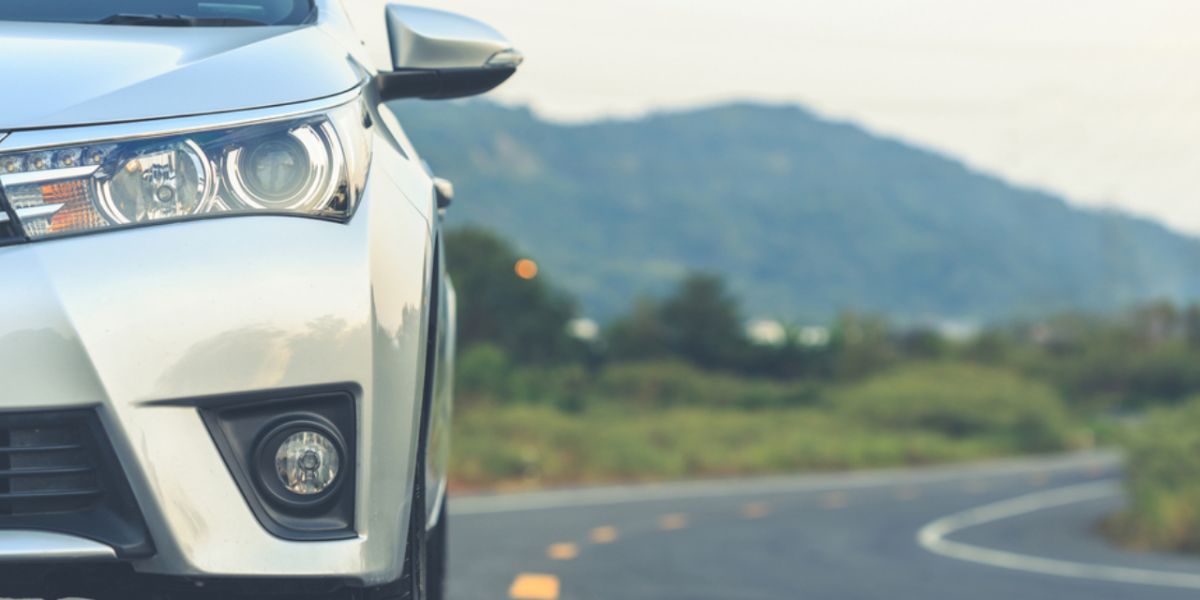
Are expats allowed to drive in Poland? Can they use their international driver's license? Find out in this article.
If you are planning to move to Poland, you are probably wondering whether you can drive in your host country. It depends on a number of factors ' but, in general, you should not have too much trouble getting behind the wheel. It is advised, however, that you enquire on the road traffic regulations and road safety conditions.
European Union nationals, for instance, can drive in Poland with their original driver's licenses, while others require an International Driving Permit in addition to their local license.
Who can drive in Poland
As mentioned above, if you come from one of the member states of the European Union, you can drive in the country with your original license ' but this is limited to 180 days. After a 6-month stay in Poland, you will need to apply for a Polish license.
If you come from outside of the EU, you will need to have your original license and an International Driving Permit. This international permit, however, is also only valid for a period of 180 days. Thereafter, you will need to apply for a Polish driver's license to avoid car insurance troubles.
Applying for a local driver's license
The process for applying for a driver's license in Poland is practically the same for those who already have a driving permit in their home country and those who don't.
Here are the requirements for applying for a Polish driver's license:
- First, you need to reside in Poland legally.
- Second, you need to have resided in the country for over 180 days.
- Third, you need to meet the age limits for your driving category (18 years of age for the B category, for instance).
- Fourth, you will need to pass a medical test to meet all the health requirements for driving (eyesight, hearing, etc.).
- Finally, there are two driving tests to take: theory and practice.
If you need to take a driving class, note that most driving schools offer classes in Polish only. However, you can hire a German or English-speaking instructor at extra cost. You will be entitled to a minimum of 30 hours of theoretical and practical driving courses with an accredited driving instructor. Once you have successfully completed these courses, you may register for the exams which may be held on the same day.
Roads
Since Poland has become a member of the European Union, it has greatly invested in road development given that the country is a major exchange platform for the region. Thus, new roads are built every year so as to ease access to all big and small cities.
The highway is subject to toll by different segments. It can be paid by credit card in major cities. The big toll posts accept payment in zloty, euros and dollars. In general, toll rates vary according to the type, size and weight of the vehicle.
Car insurance and technical inspection
You need to have car insurance in Poland and there are several types of insurance options to choose from. The OC (civil liability insurance) will cover you in case of an accident that was not your fault ' however, if the accident actually was your fault, you will not be covered. Then, there is the AC (auto casque insurance), which will have you covered if you caused the accident. However, residents are typically advised to get a comprehensive insurance package including OC and AC as well as casually and theft insurance, free tolling, and more.
Another reason why you will need insurance in Poland is for passing the MOT (technical inspection of the vehicle). You will only be able to have your car inspected and get the necessary papers if you are insured in Poland. If you car is insured abroad, it would be best to either pass the technical inspection in the country where your car is insured or purchase local insurance.
Road safety and regulations
Poland's driving regulations and etiquette are quite straightforward and if you follow the rules carefully, you should have no trouble on the road. Make sure to always wear a seat belt, never drive under the influence of alcohol (the permitted blood alcohol content is 0.02%), and keep to the speed restrictions.
Driving speed is limited to 50 ' 60 km/h in city-centres, 90 ' 120 km/h outside city-centres, 120km/h on expressways and 140 km/h on motorways. Like in most countries, you will drive on the right and be overtaken on the left. Priority goes to tramway in cities and to horse carriages in small villages. All vehicles have to be equipped with a fire extinguisher. Otherwise, the driver will be liable to a fine. Headlights must be on, both during the day and at night, all year round.
Good to know:
If a car coming towards you flashes its headlights, it can mean one of two things: there is traffic police somewhere nearby or you've forgotten to turn your lights on.
Fines
If you have been fined, you are required to settle the payment within 7 days following receipt. In the case of dangerous driving due to alcohol consumption (0.05g per liter), you will be liable to imprisonment.
Useful links:
We do our best to provide accurate and up to date information. However, if you have noticed any inaccuracies in this article, please let us know in the comments section below.








